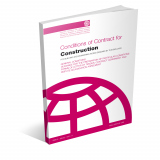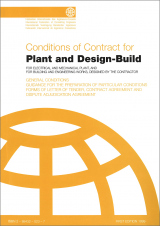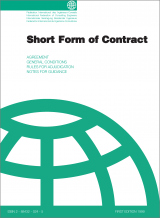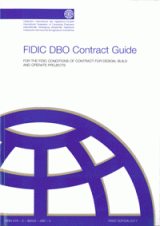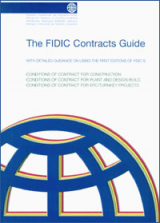The key ingredient for their success as industry standard lies in their balanced approach to the roles and responsibilities of the main parties, as well as the allocation and management of risk.
For this reason, the fundamental principle behind the FIDIC contracts is the use of General Conditions of Contract, deemed to be suitable in all cases, based on thousands of successful projects around the world.
However, given that no two projects are the same, FIDIC does acknowledge that special conditions will be required for project specific issues, on a case by case basis.
All FIDIC contracts therefore contain guidance on the preparation of Particular Conditions, and provide examples of the areas where special provisions may be required for a specific project. To diverge significantly from these guidelines is to increase the risk of shifting the balanced nature of the contract, and putting into jeopardy the successful implementation of the project.
Experience in different countries and with different kinds of client, suggests that changing or upsetting the balance of risk-sharing in FIDIC contracts typically results in higher tender prices; delays to completion; additional time and cost claims; and, in the worst cases, major protracted disputes leading to arbitration, and sometimes to contract termination.
FIDIC contracts do provide guidance on project specific sub-clauses where Particular Conditions might be used.
Examples of non-project specific clauses (which should not be modified) include the following:
1. The role and authority of the Engineer (where applicable, otherwise the Employer’s Representative):
Oversight and/or inspection of the Works
Issues of Certificates
Valuation of Variations
Assessment, response to and determination of time/money claims
Monitoring of the Contractor’s programme
If the Engineer is unduly constrained so that he cannot exercise independent professional judgement, then problems with successful contract management, dispute avoidance and timely completion can be confidently anticipated!
2. Liability for errors in the Drawings/Technical Specifications or Employer’s Requirements
3. Liability for proving access to and on the Site.
4. Liability for obtaining permits and approvals.
5. Liability for unforeseeable physical conditions.
6. Labour conditions.
7. Delays caused by authorities.
8. Defects liability, including latent defects.
9. Procedures for dispute settlement/resolution.


